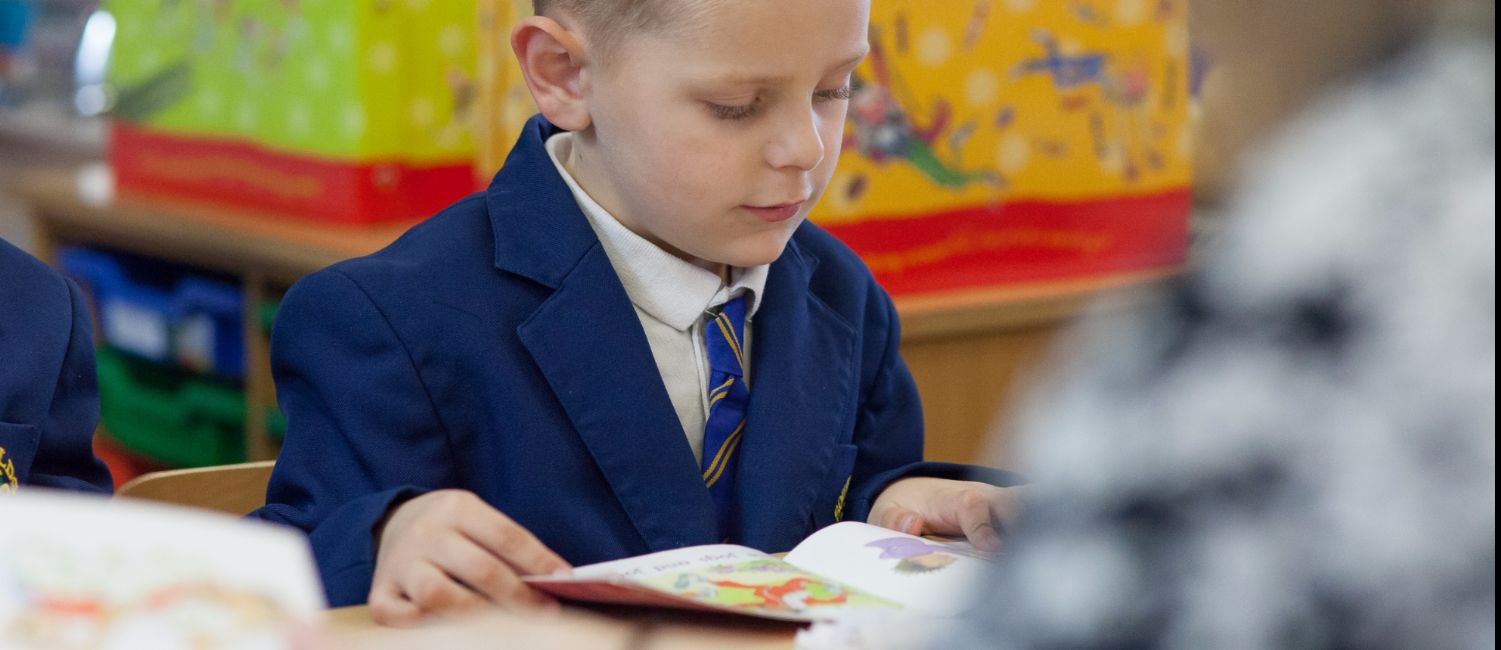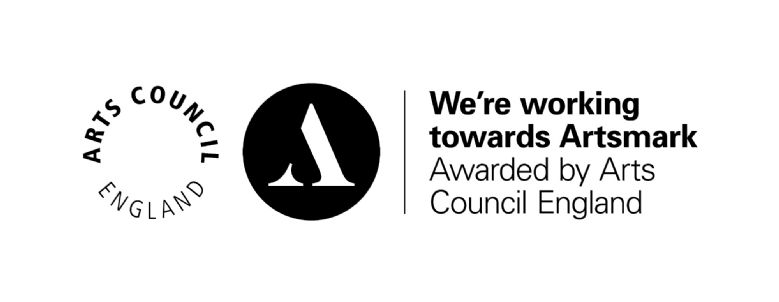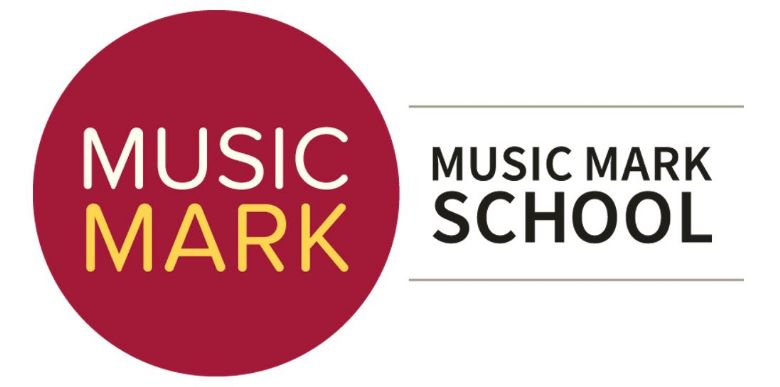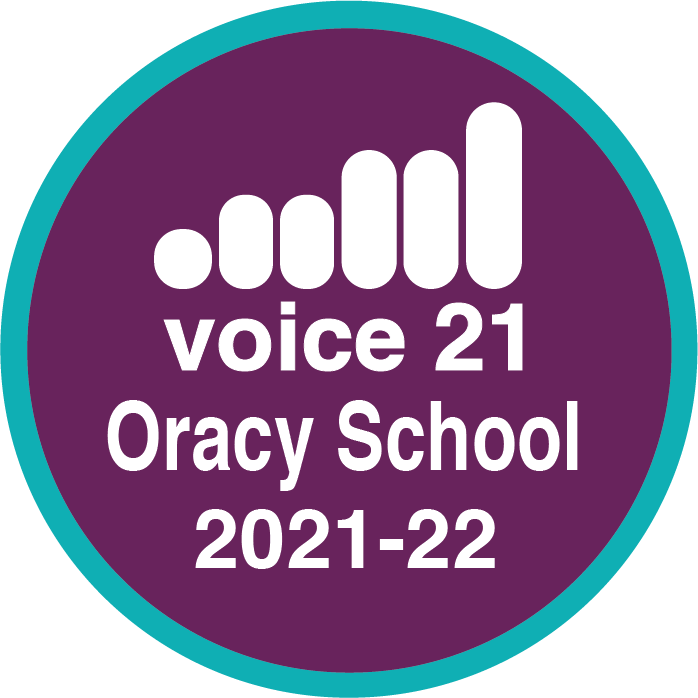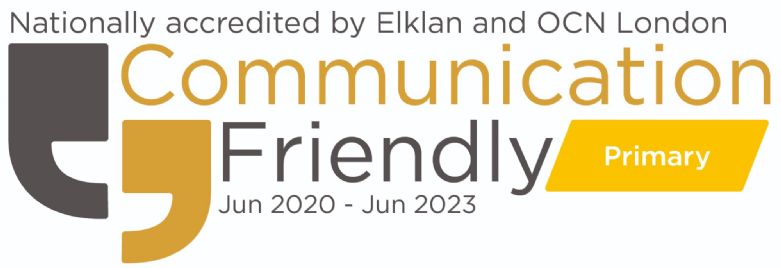Assessment at Southfields
Principles of Assessment
At Southfields Primary School we believe that assessment, including target setting, recording and reporting, are an important part of a continuous educational journey and form the key elements in the delivery, planning and on-going evaluation of an effective curriculum that is relevant to all pupils. Children have an entitlement to an effective assessment process that accurately identifies and tracks progress whilst also highlighting individual strengths and areas for improvement of each pupil, which should be used to inform future planning and to monitor each individual pupil’s progress. It is used most effectively to provide formative and diagnostic information to staff, parents and children.
We, as a school, feel it is essential to be aware of pupil’s individual gaps in learning. This information can then be used to form the basis of support, therapies and interventions, in order to escalate progress.
Aims and Objectives:
The further aims and objectives of assessment in our school are:
-
To enable children to demonstrate what they know, understand and can apply.
-
To guide children to understand their next steps in learning, in order to improve.
-
To enable teachers can identify children’s strengths, progress and needs.
-
To allow teachers to plan according to the needs and abilities of individual and groups of pupils.
-
To ensure that accurate records of individual children’s progress are kept. Such records should help the teacher ensure continuity and progression for each child’s learning.
-
To ensure adequate coverage of the National Curriculum. Assessment provides a record of the work covered or areas for development.
-
To aid individual teachers and subject coordinators to evaluate teaching and learning throughout the school. Pupils’ performance may reflect the appropriateness of the teaching methodology used.
-
To provide information that will inform discussion with pupils and parents about their child’s learning and progress, in order for them to work in partnership with the school to support their child’s learning.
-
To create a smooth transition from one class to another, providing the new teacher with a clear picture of the stage children are at in their learning.
-
To ensure all stakeholders can monitor the attainment and progress of all, including vulnerable groups of learners and use evidence based on national research to support narrowing gaps. (PP/FSM/EAL/Gender/SEND)
-
Keep the leadership team and governors fully informed, allowing them to make judgements about the effectiveness of the school.
-
To fulfil statutory requirements and ensure continuity within the school and nationally.
Assessment Approaches
Within school, both formative and summative types of assessment are used.
There are 3 main forms of assessment, each with its own purpose:
-
Day-to-day formative assessment – this is used by teaching staff to inform teaching on a daily basis
-
In-school summative assessment – to understand pupils’ performance at the end of a period of teaching.
-
National statutory summative assessment – to understand pupil performance in relation to national expectations and comparisons.
The outline of the types and frequency of assessments carried out throughout the school can be found in the Whole School Assessment Overview (Appendix A)








